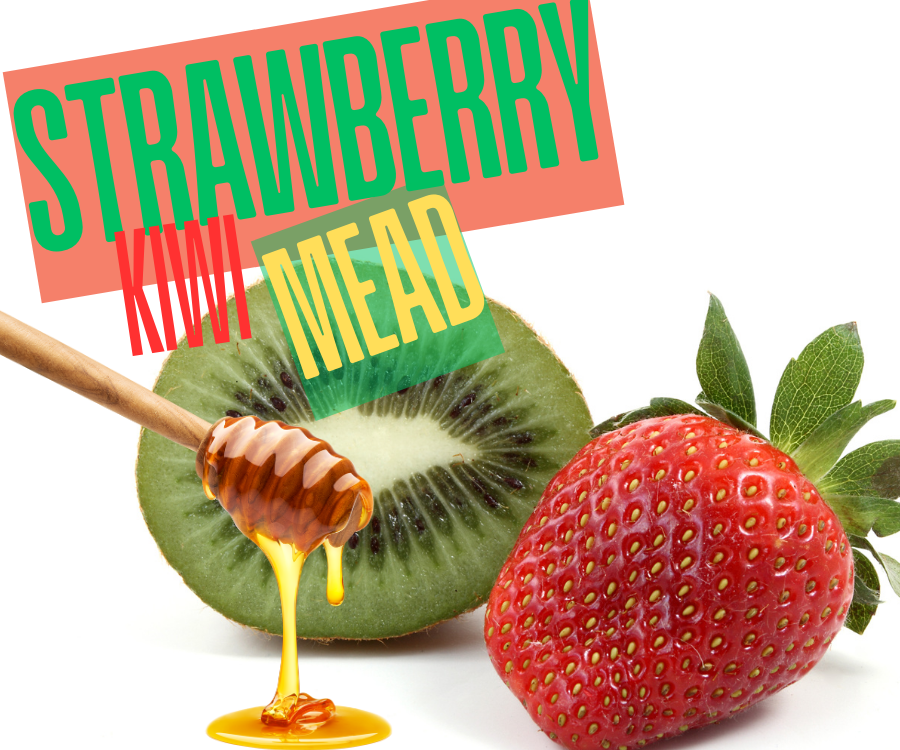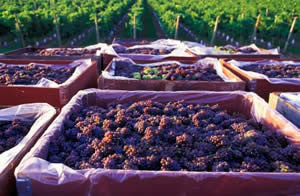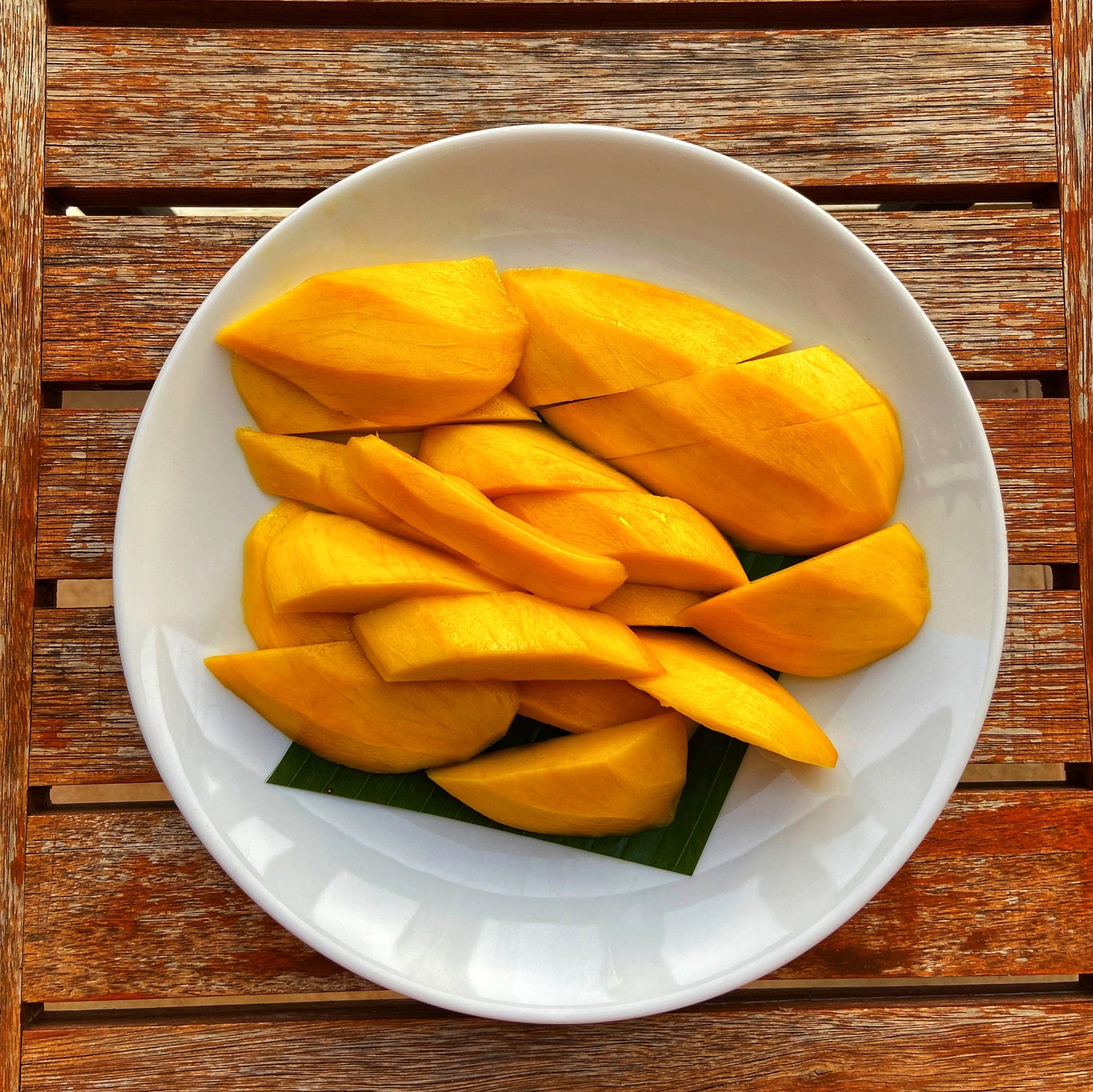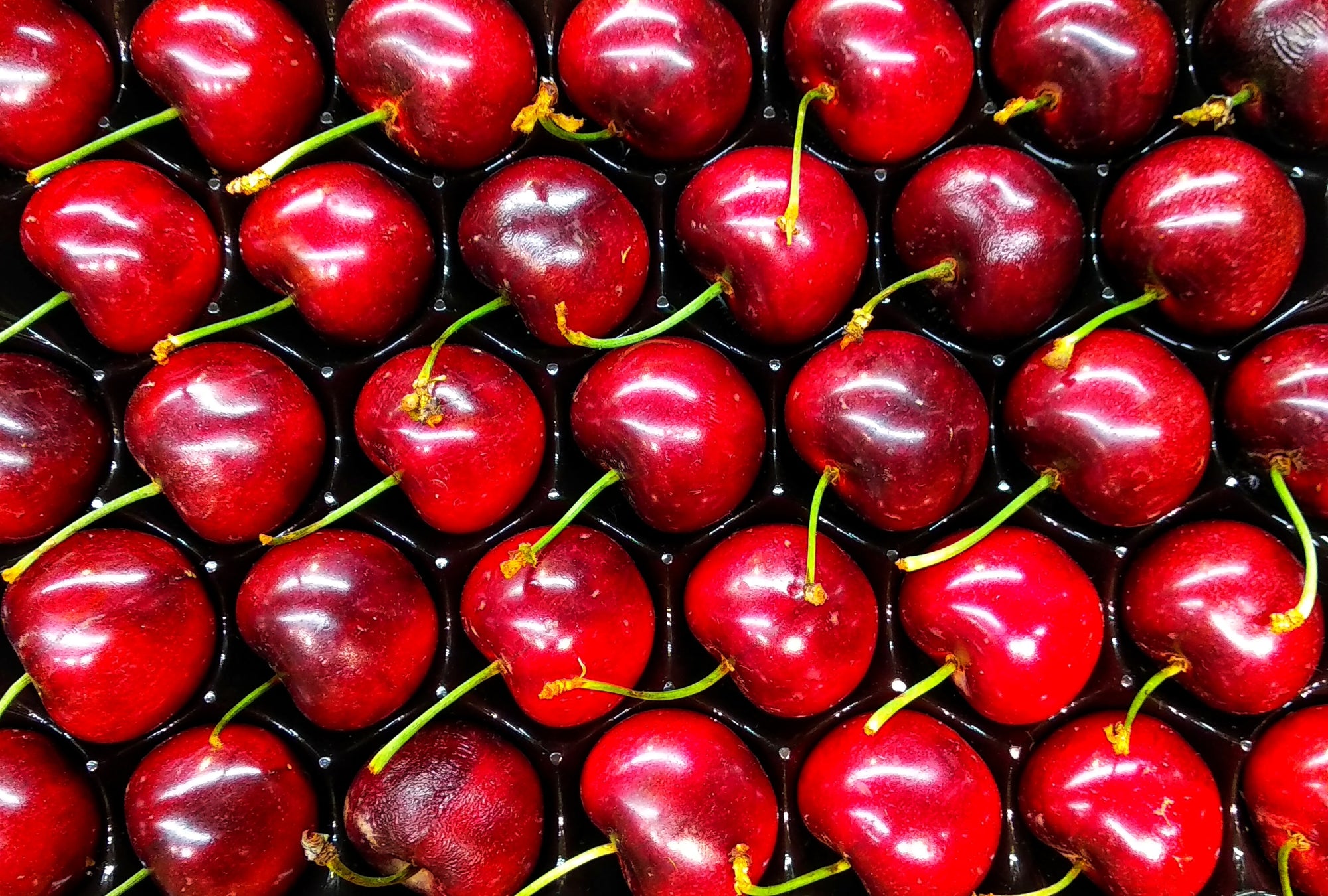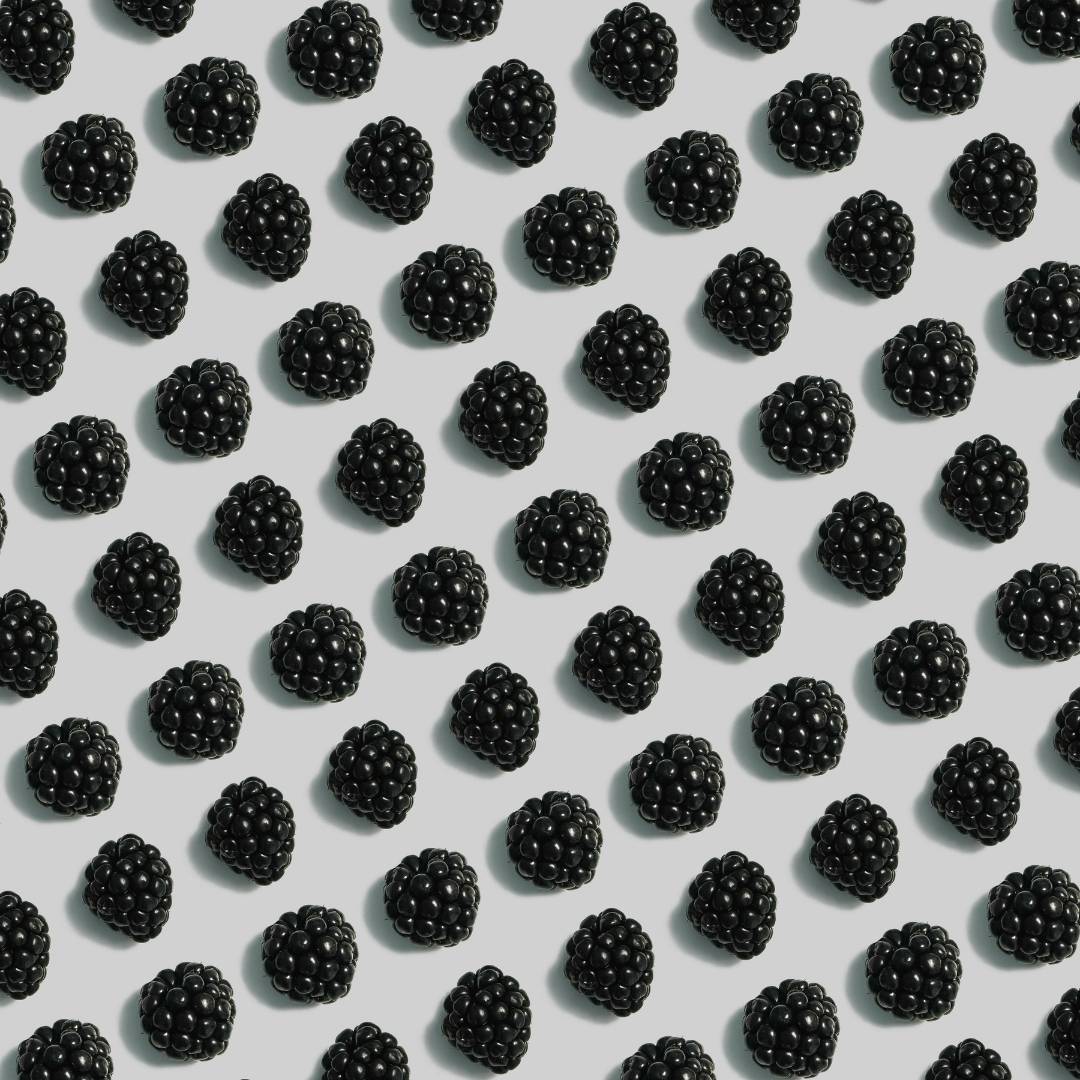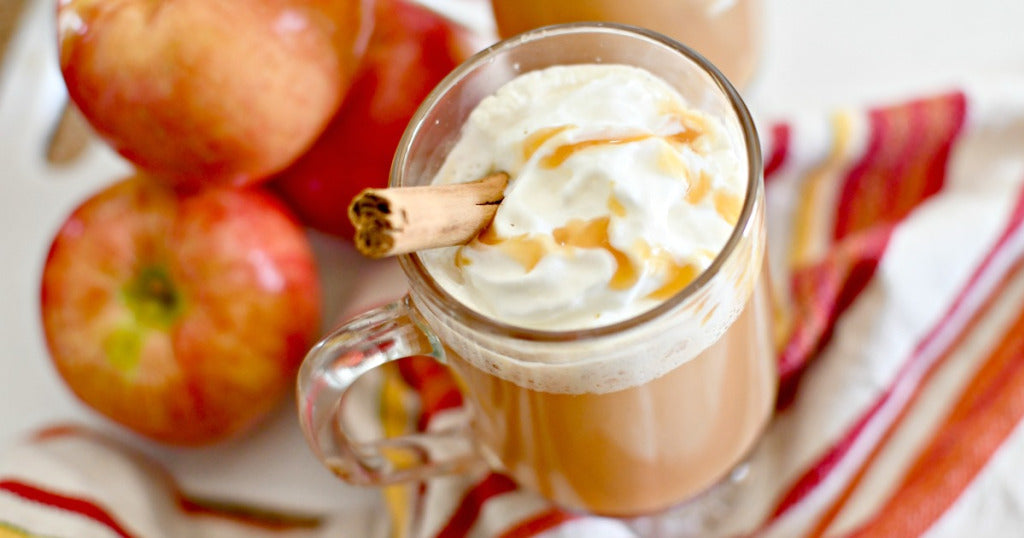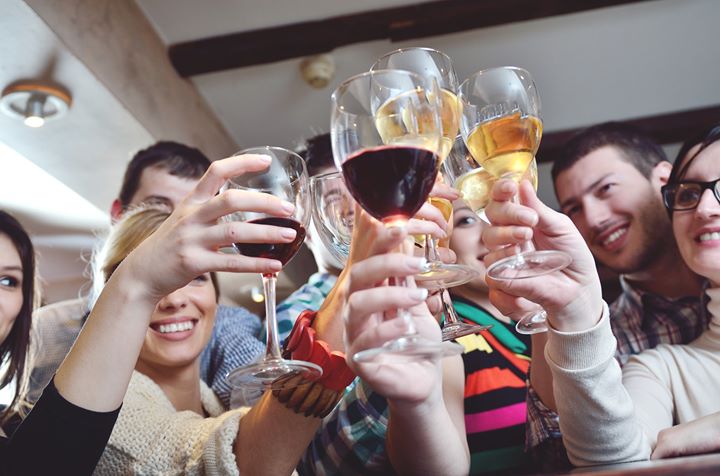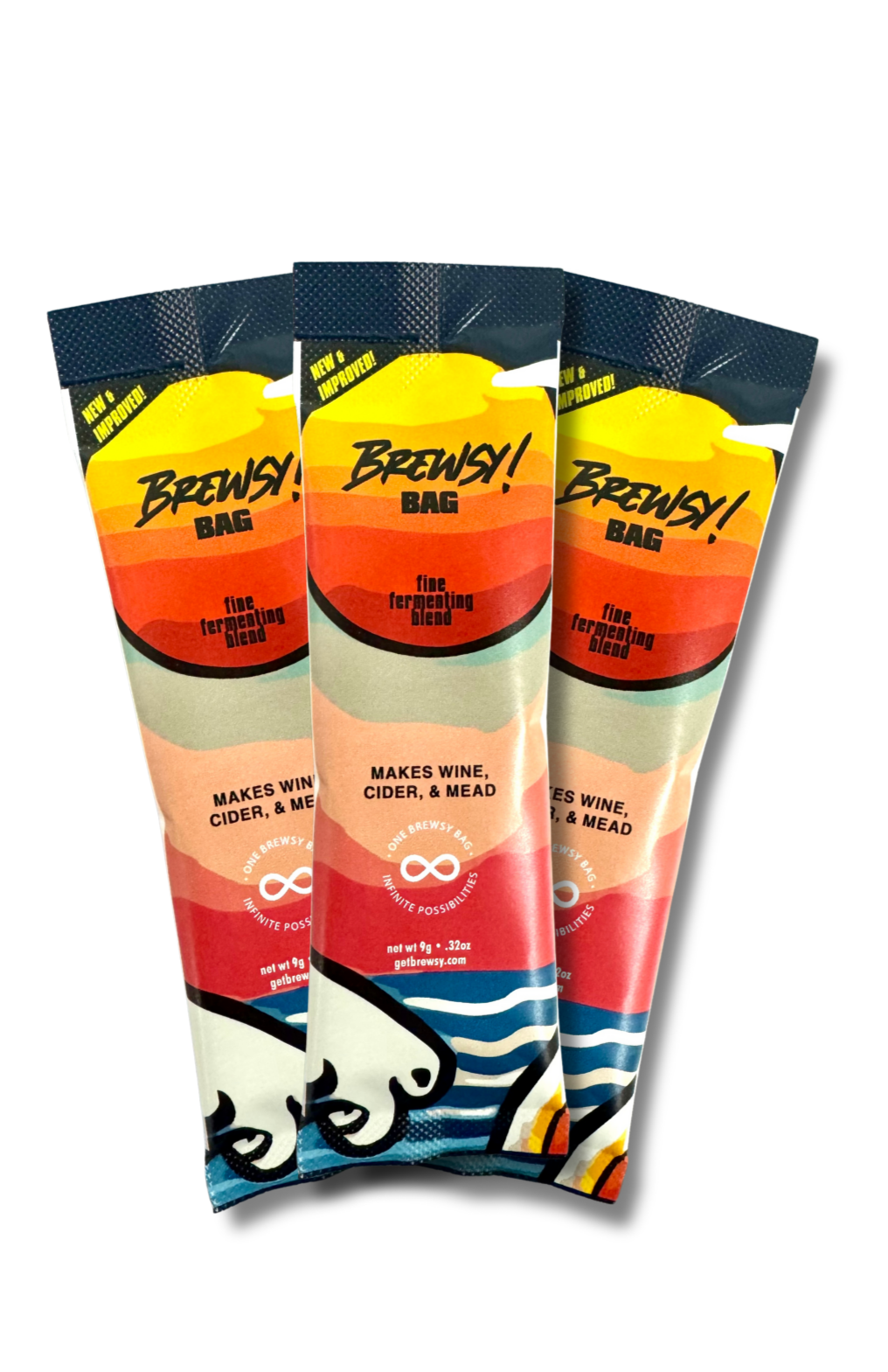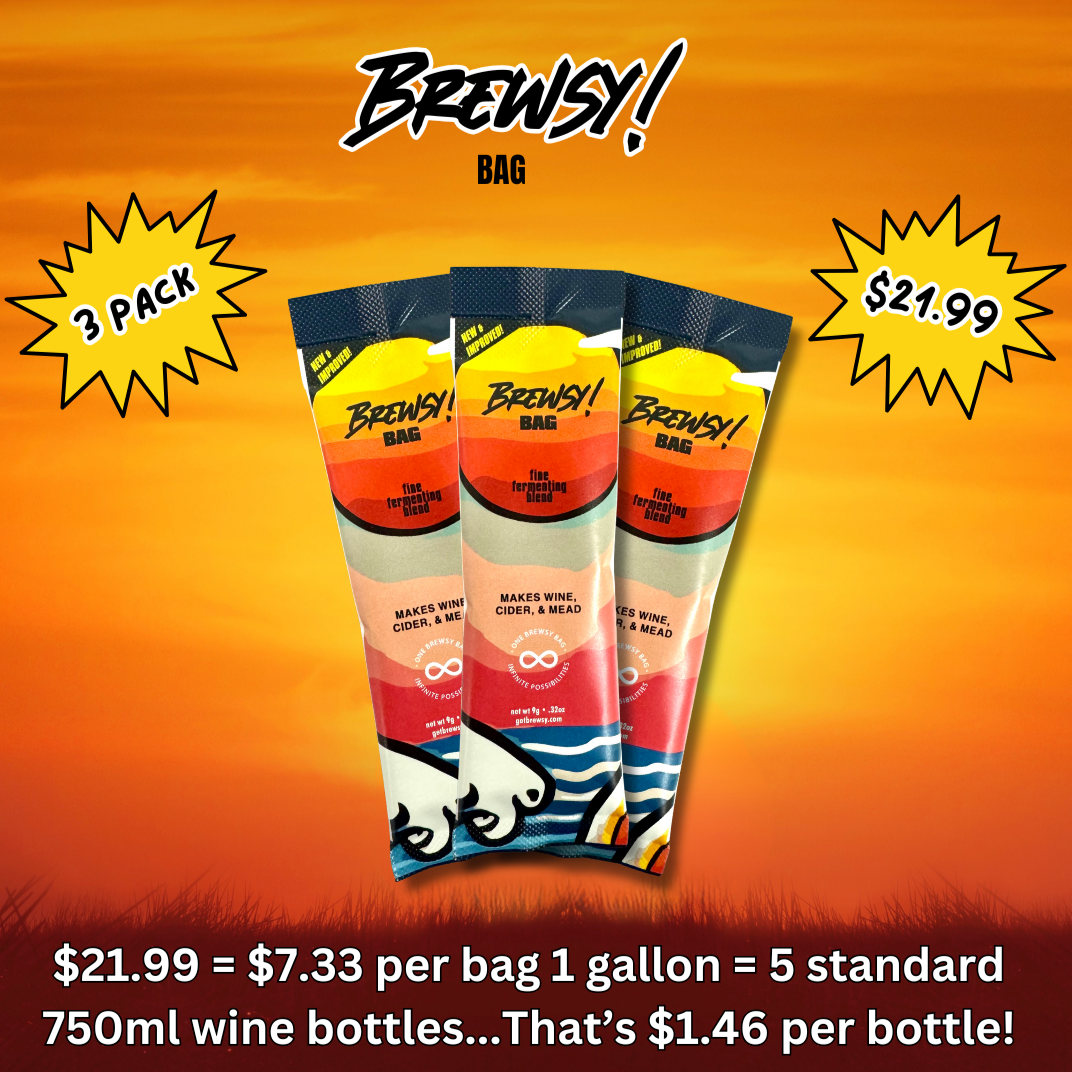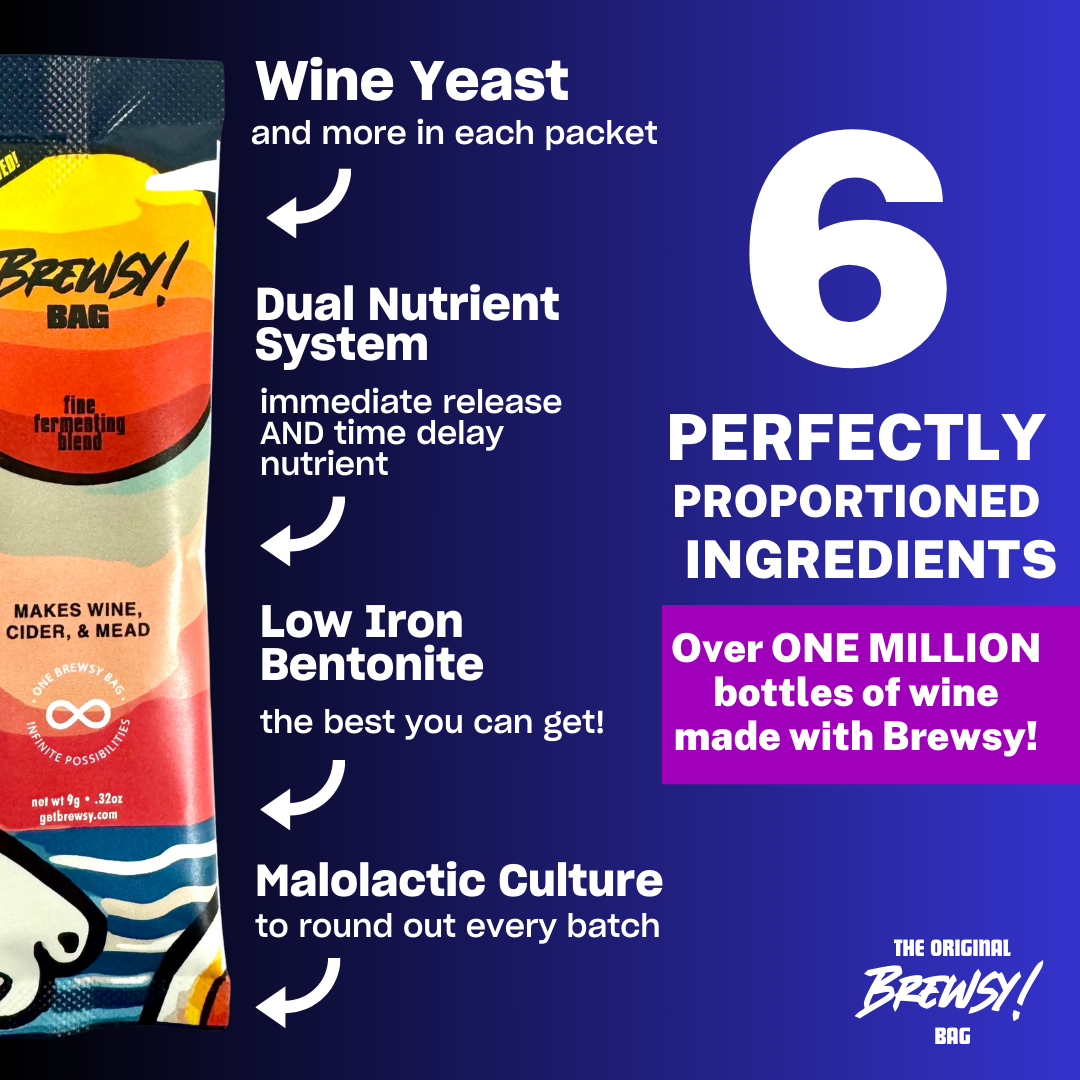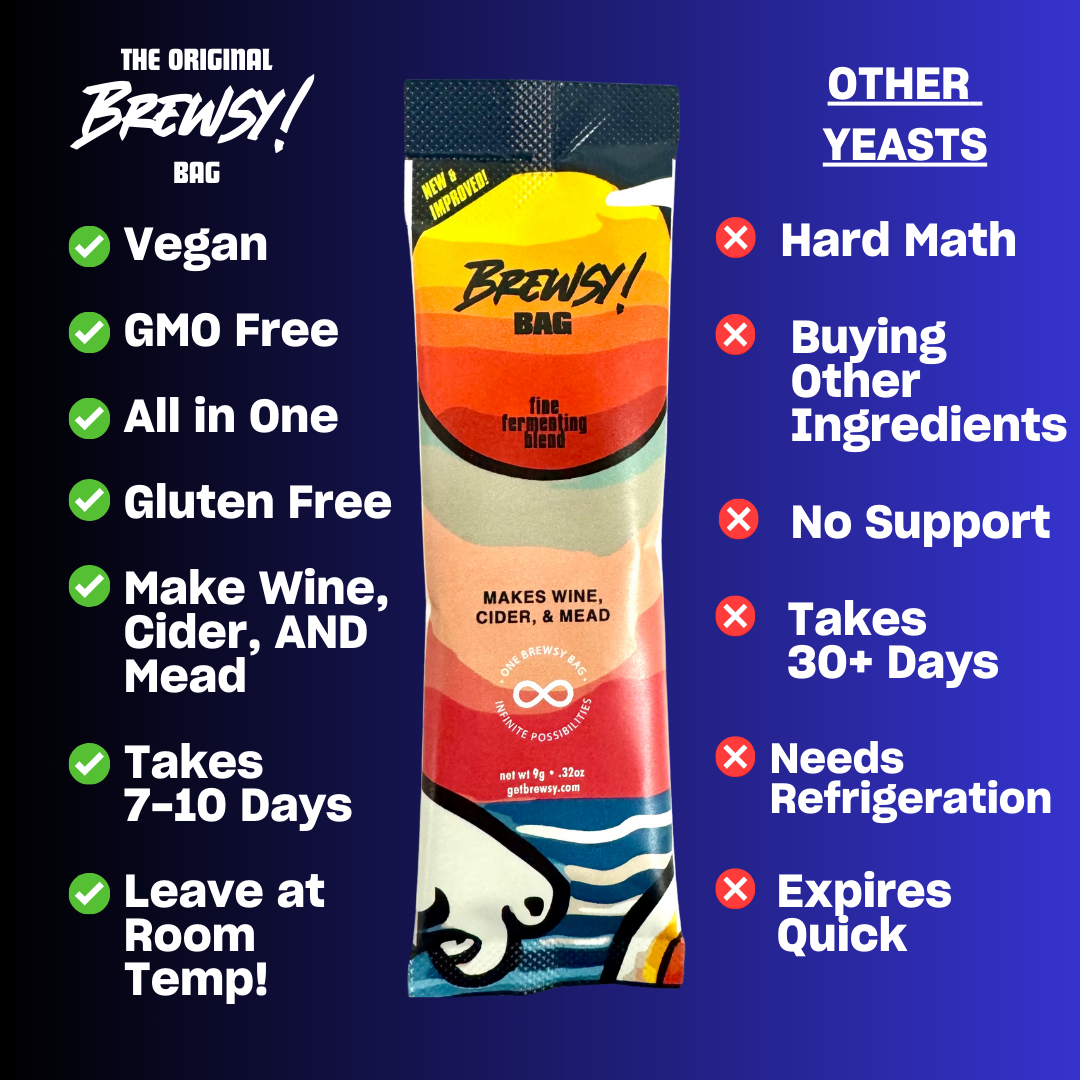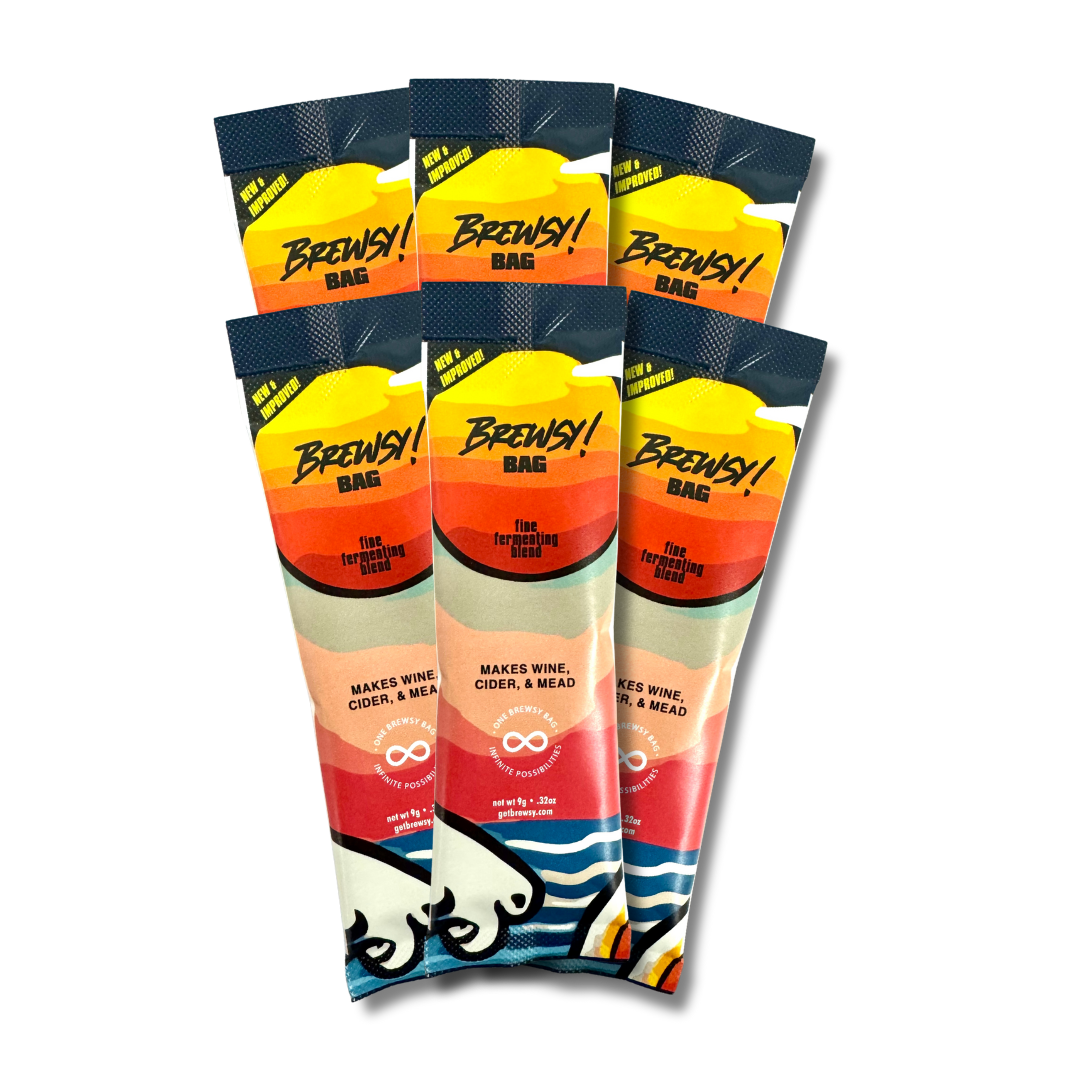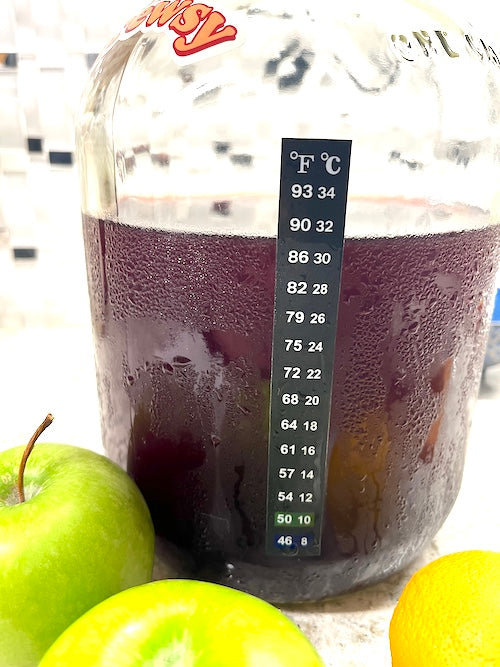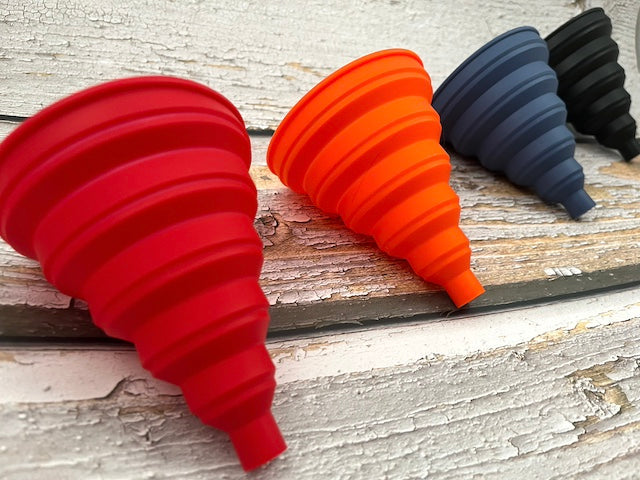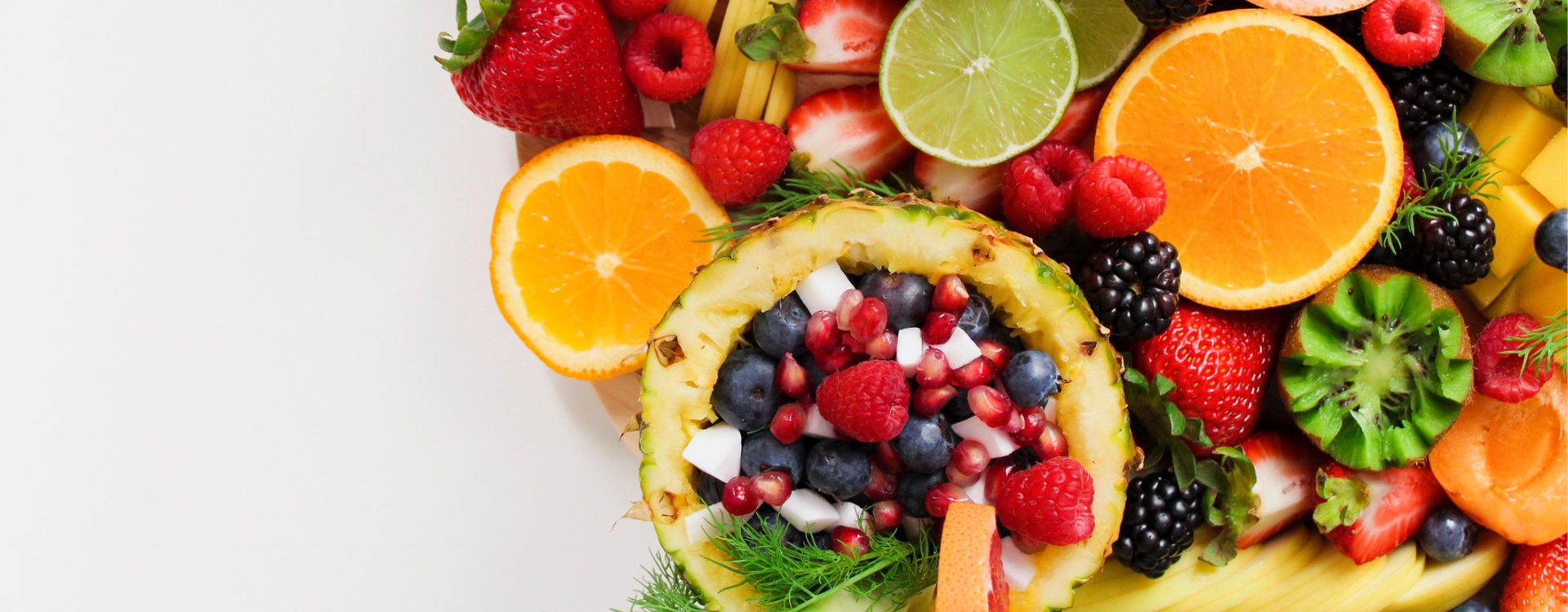
How Is Wine Made Step by Step?
How Is Wine Made Step by Step?
Winemaking has been an ongoing practice for thousands of years, and has only been refined and improved as time went on. Nowadays, winemaking involves barrels, and yeast, and aging, so it sounds a bit daunting. However, have you ever been curious as to how wine is made? You are about to find out.
Traditional winemaking is broken up into five stages: harvesting, crushing and pressing, fermentation, clarification, and aging and bottling.
Harvesting is, just that, picking the grapes from the vines in a vineyard. Naturally, grape-picking is the first step in winemaking because without grapes, there would be no wine. These grapes, however, cannot be picked at just any time, normally a combination of science and simply tasting the grapes can help determine when they are ripe for the picking. Pun totally intended.
Next is the crushing and pressing. This is arguably the traditionally fun part since because it was known for both men and women to dance while stomping on the grapes with their feet. Exercise while working? Oh yes! Creating the must for wine used every part of the grape, from the skin to the stem, the fruits were necessarily removed of its natural components such as its seeds. Over time, however, manually stomping on grapes gave way to mechanically pressing. This, on the other hand, provided winemakers with greater sanitation (no feetsies), and improved the overall quality and longevity of the wine produced in this manner. The methods involved for making red and white wine, however, differ as winemakers do not want unwanted colors and tannins to leach into the white wine by not allowing white wine to be contact with the skins for long, immediately moving on to pressing.
Moving on to fermentation which is, arguably, where the magic happens. Magic in this context being the production of alcohol. Contrary to what one knows, natural fermentation can happen through the assistance of wild yeasts found in the air which is a welcome aspect for some winemakers. Others, however, choose to kill the wild yeast and introduce their preferred strain of yeast so that the end result is more predictable and expected. This process can take anywhere from ten days to months at a time with the alcohol level also dependent on how much sugar the must naturally contains. Warmer climates normally mean higher alcohol created.
After the previous stage is done comes the clarification process. This can be achieved by simply racking or siphoning their wine from container to another, leaving behind the sediment created during fermentation. Various things are commonly used for clarification such as egg whites and clay but virtue of being stick, i.e.: the unwanted substances in the wine stick to them making it easier to remove. The clarified wine is then traditionally racked into yet another vessel where it awaits the last step.
Bottling and aging. After the clarification process, the traditional winemaker can choose between letting the wine age - in wooden barrels or stainless steel tanks, for example - or immediately bottle it such as with Beaujolais Nouveau. Aging can take weeks to years, depending on the winemaker. The older it is, though, the better it comes.
The traditional method of winemaking is a long and potentially arduous process which is why we offer the hobbyist version of it that has near-unlimited possibilities.

